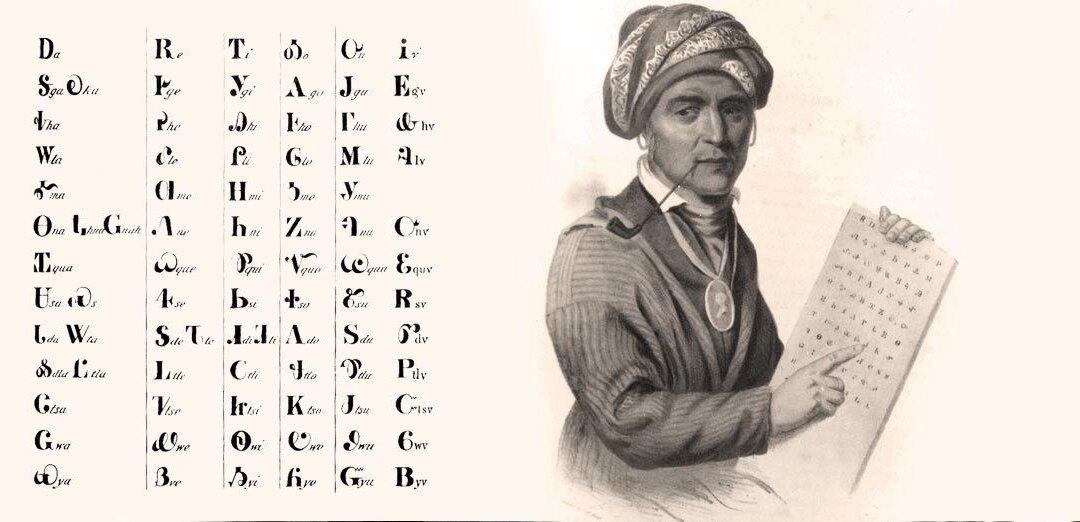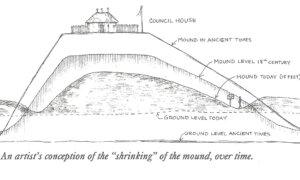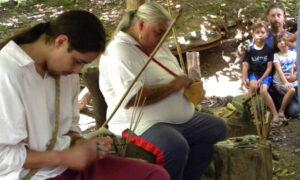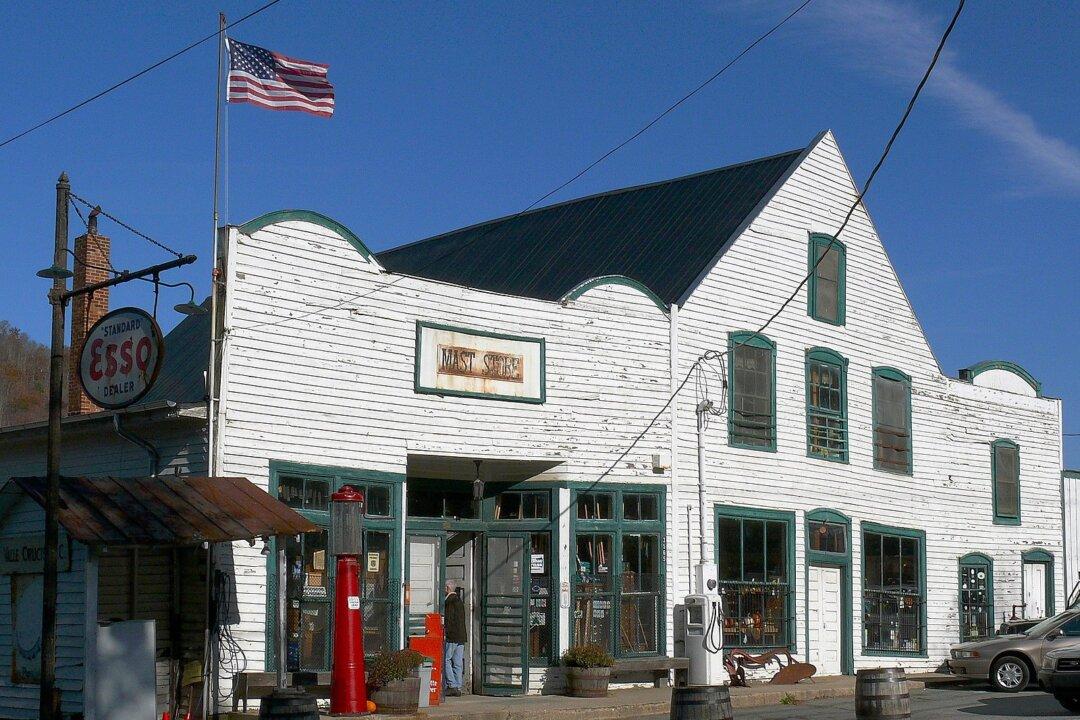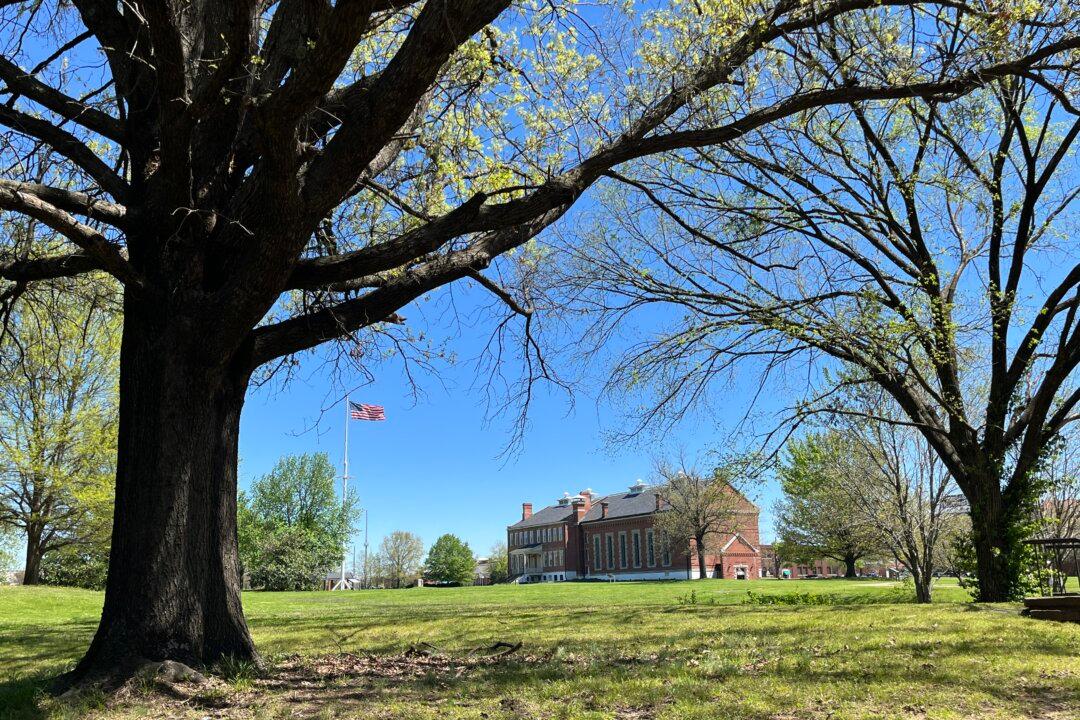SALLASAW, Okla.—Of the Native Americans historically noted, Sequoyah is less known. Yet Sequoyah’s contribution to the Cherokee people is so significant that his log home, nestled in the rolling hills near rural Sallisaw, Oklahoma, has been preserved so that travelers can jump off transcontinental Interstate 40 going east or west and learn about how he created a written language for his people.
Since I lived for the last eight years in the Western North Carolina mountains, near the Eastern Band of the Cherokee Indian’s Qualla Boundary, I knew about Sequoyah and his syllabary, a written form of syllables to convey his native people’s language. In fact, driving through the territory established for Cherokee in the Appalachian Mountains after the Indian Removal Act of 1830, I have always admired the unique shapes and forms accompanying English words on road signs, businesses, and more. Even educational roadside signs pertaining to Cherokee history feature words bearing distinct 86 symbols.
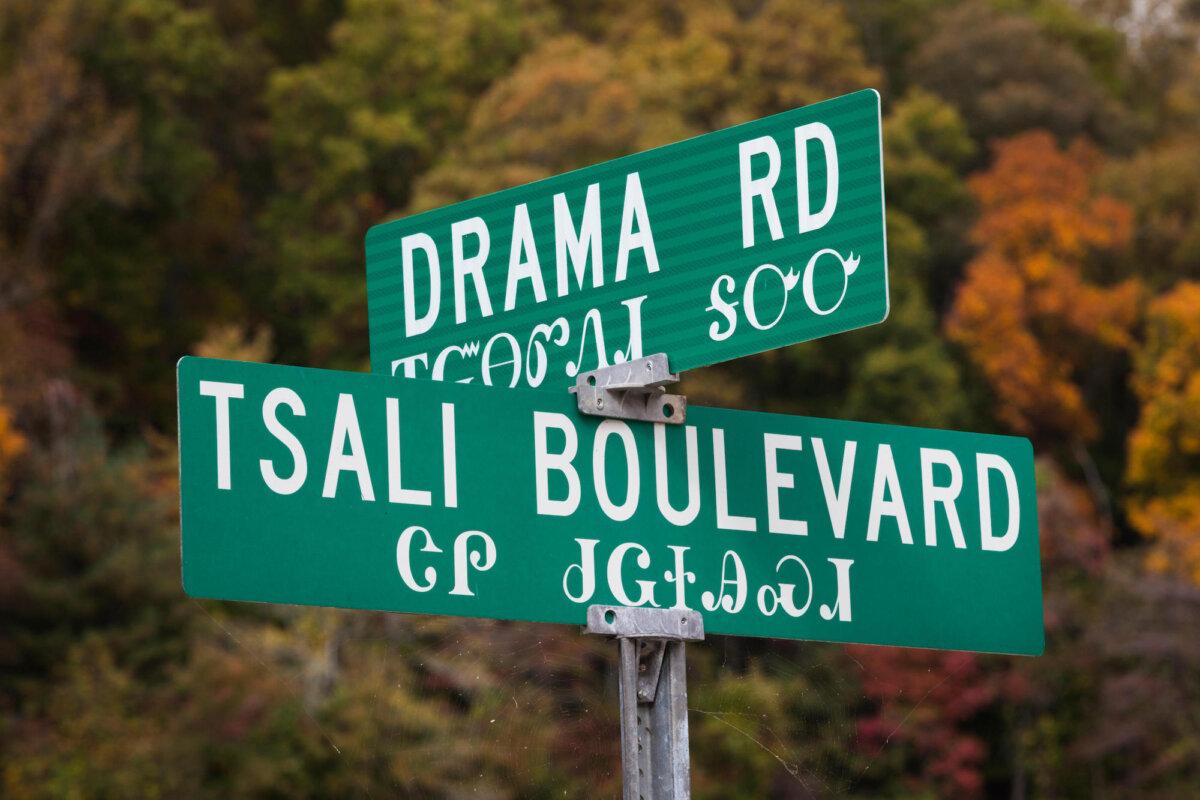
Sequoyah’s log cabin was built in 1829. Eventually, the site—including 10 surrounding acres—was acquired by the Oklahoma Historical Society and became first a National Historic Landmark and then was placed on the National Register of Historic Places. Since 2016, Sequoyah’s Cabin Museum, maintained to appear as it did when Sequoyah lived there, has been owned by the Cherokee Nation.
But what is so fascinating about Sequoyah’s life that would tempt I-40 travelers to drive a little over 10 miles out of their way to visit his former home? Primarily, people are amazed at the fact that even though he only spoke Cherokee, he observed how white settlers wrote the English language and thus spent 12 years coming up with a unique written language for his people. He seemed to have an innate ability to distinguish and “see” vowels and consonants as images; plus, he studied the shape of letters printed in a Bible to develop his own characters.
Personalized to sounds unique in the Cherokee language, Sequoyah’s syllabary was fairly easy for native Cherokee speakers to learn, and the Cherokee nation formerly adopted the syllabary as their written language in 1825. Following its introduction was the first bilingual newspaper in the United States, in English and Cherokee syllabary, printed in 1828.
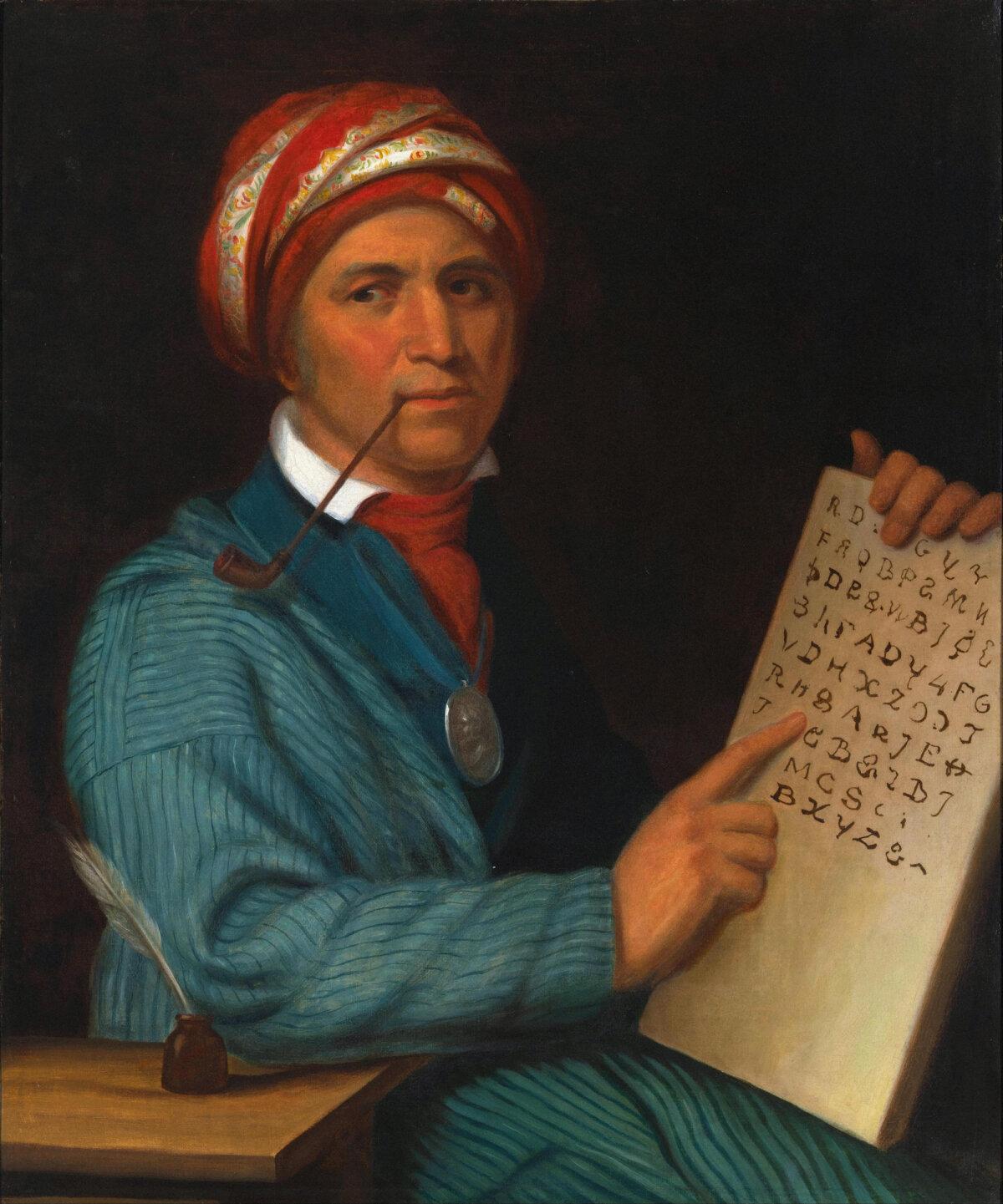
Sequoyah’s achievement earned him recognition in Washington among government officials. His now-famous portrait was painted by 19th-century artist Charles Bird King and hangs in the National Portrait Gallery.
Though born in Tennessee, Sequoyah moved in 1829 to a spot in Arkansas territory near the Oklahoma border in order to teach the syllabary to Cherokee in that area. That territory included Sallisaw and eventually became part of Oklahoma; thus, Sallisaw is in the state of Oklahoma, not Arkansas, where Sequoyah is documented to have settled. By the time he built his simple log cabin, he was already well-known, having finished the syllabary in 1821.
At Sequoyah’s Cabin Museum, one can walk around and through the log home, protected and preserved under a stone structure constructed by the Civilian Conservation Corps in the 1930s. Outside the museum is a bronze statue of Sequoyah; inside is evidence of his life, including relics from the early 1800s and conserved documents.
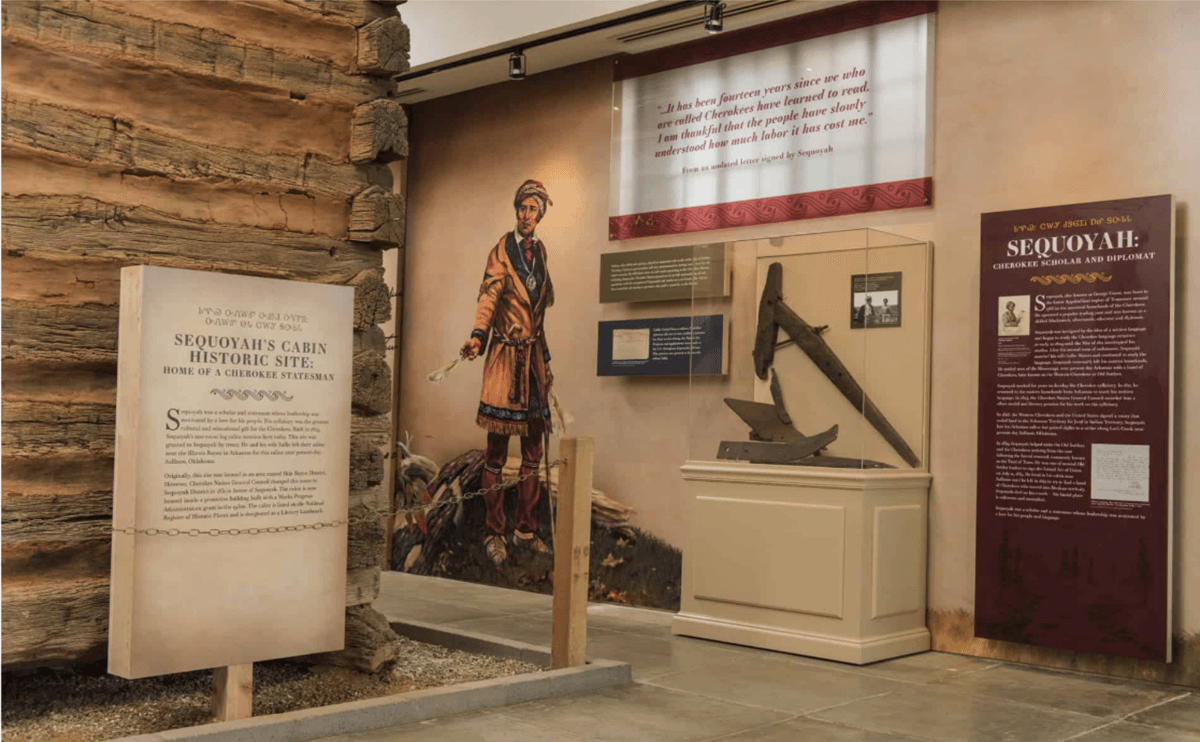
Everywhere at the site, including at the end of the stone walkway where one enters the museum, are words presented in Sequoyah’s syllabary.
By the time Sequoyah died in 1843, countless books, articles, and newspapers had been published in Cherokee using Sequoyah’s alphabet. All this information and much more is well displayed and shared at the free-to-the-public history opportunity that is Sequoyah’s Cabin Museum in Sallisaw, Oklahoma.

